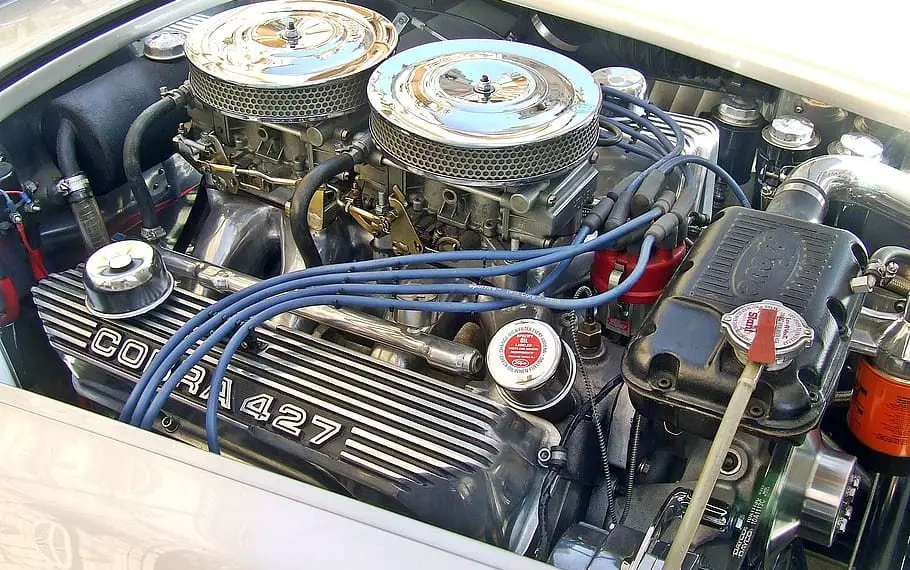Are you wondering ‘How does an AC compressor clutch work?’ This article has the answer to this question and more.

Table of Contents
Overview: How Does an AC Compressor Clutch Work?
How does an AC compressor clutch work, you ask? It’s a little piece of genius, really. It’s the hard worker in the shadows, ensuring your ride stays cool and comfy. Its job? To connect and disconnect the air conditioning compressor from the engine’s power. Without it, we’d all be sweating bullets on hot days.
Quick Summary of an AC Compressor Clutch Functionality
Think of the clutch as the middleman. It’s the go-between for your car’s engine and the AC system. When the AC is off, the clutch disengages to save power. But flip that AC switch, and the clutch springs into action, transferring power to the AC compressor.
Role of an AC Compressor Clutch in Air Conditioning System
Without the clutch, the AC compressor would be spinning all the time, even when you don’t need it to. That’s a quick way to wear out your AC system, and nobody wants that! So, our trusty clutch steps in, controlling when the compressor does its thing.
The Basic Operation Cycle of an AC Compressor Clutch
It’s like a well-choreographed dance. When the AC system calls for cooling, the clutch engages, connecting the compressor to the engine. After the compressor does its job, the clutch disengages. This on-off cycle continues as long as the AC is on.
Check out these other related articles…
Split AC Compressor Not Turning On: 5 Proven Solutions
What Causes an AC Compressor to Stop Working? [Answered]
Window AC Compressor Not Working But Fan Is Running [Fixed]
What Causes Car AC Compressor Failure? [Answer & Easy Fixes]
AC Compressor Bearing Failure: Signs, Diagnosis & Easy Fixes
Deep Dive: The Mechanics of an AC Compressor Clutch
Curious about what’s under the hood? Let’s break down the mechanical magic that’s happening.
Understanding the Components of an AC Compressor Clutch
Like a well-oiled machine, the clutch is made up of several key parts working in harmony. They all have their roles to play in the grand scheme of things.
The Clutch Hub
This is the heart of the operation. When the clutch is engaged, the hub spins the compressor. It’s like the conductor leading the orchestra.
The Clutch Coil
The coil’s job is to generate a magnetic field when it’s energized. It’s the signal caller, telling the clutch when to engage and disengage. Without it, the clutch wouldn’t know when to jump into action.
The Pulley
This guy’s always spinning with the engine, whether the AC is on or not. It’s the dedicated worker that’s always on the job, regardless of the conditions.
The Clutch Plate
Lastly, there’s the clutch plate. When the coil’s magnetic field is activated, it pulls the plate toward the hub. The two become inseparable like best friends, and the compressor begins to spin.
Operation of the AC Compressor Clutch: Step-by-Step
Now, how do all these parts come together to make your car’s AC work? Let’s walk through the steps. Imagine it as a relay race, where every part has a leg to run.
Step 1: Activation
When you switch the AC on, the clutch coil is energized. It’s like a baton being passed to the first runner in our relay race.
Step 2: Magnetic Field Creation
Once energized, the coil creates a magnetic field. That’s the second runner sprinting ahead, signaling the next part to get ready.
Step 3: Engagement of the Clutch
The magnetic field pulls the clutch plate towards the hub, causing them to connect. This is like the baton being smoothly handed over to the third runner.
Step 4: Disengagement of the Clutch
Once the AC compressor has done its job, the coil is de-energized, causing the clutch plate and hub to separate. That’s the final leg of our relay race, bringing everything to a close.